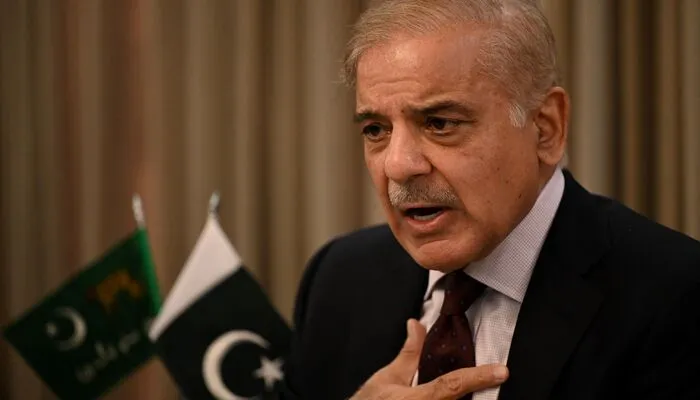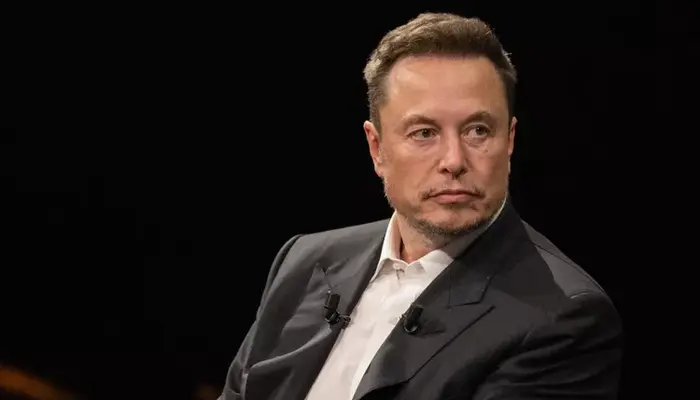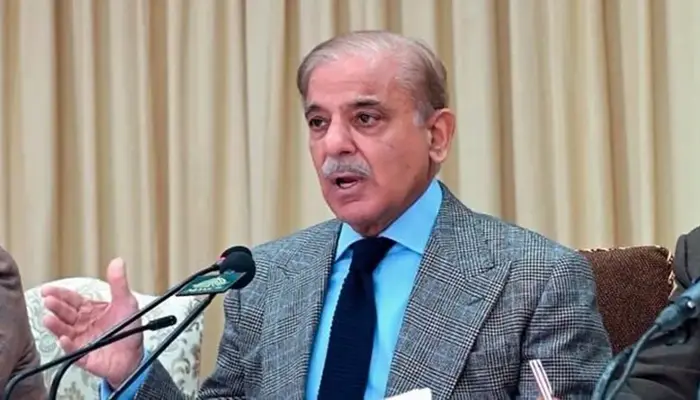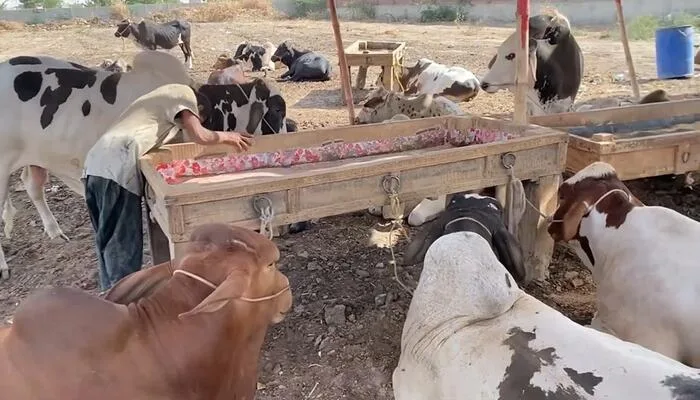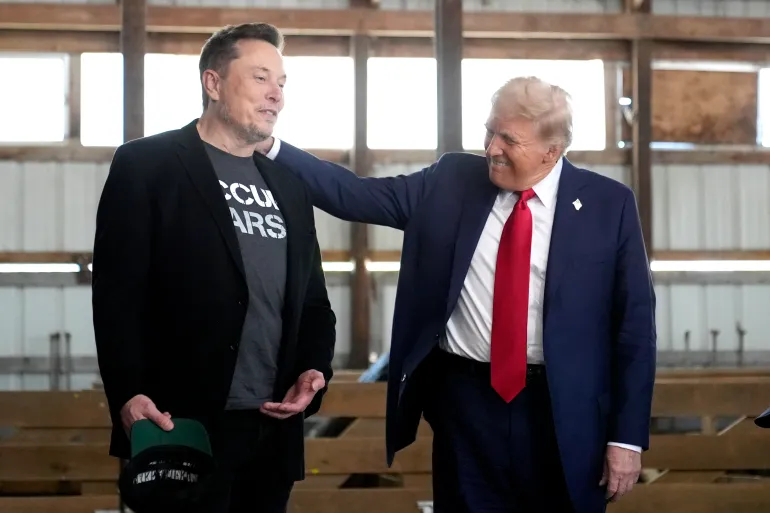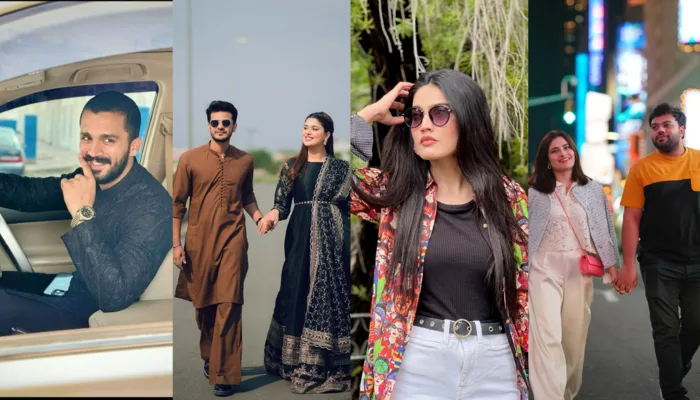
Vlogging once promised an authentic glimpse into everyday life. Creators shared their routines, thoughts, and moments. This raw, personal content quickly attracted millions of viewers. Platforms like YouTube and TikTok saw explosive growth in daily vlog channels. Fans loved the relatability and behind-the-scenes feel. However, in recent years, vlog culture has shifted dramatically. The genuine day-to-day storytelling has faded. Instead, viewers see more scripted content, conflicts, and drama. This shift is causing a growing backlash and a decline in audience engagement.
The Early Appeal of Daily Vlogs
Daily vlogs thrived because they felt real and spontaneous. Audiences connected with creators as if they were friends. The charm was in the mundane — morning routines, cooking, chatting, and simple outings. Early vloggers like Casey Neistat, Zoella, and Roman Atwood built huge followings on this honest style. The appeal was clear: viewers saw real people facing everyday challenges. The intimacy and consistency built strong bonds. For many, vlogging was about sharing life, not just content.
The Rise of Daily Family Vlogging in Pakistan
From Life to Scripted Drama
Recently, daily vlogs have become less about real life and more about entertainment through conflict. Creators now stage arguments, controversies, and dramatic events. Many focus on creating viral moments rather than authentic sharing. This shift comes partly from platform algorithms that favor sensational content. Drama gets more views, more clicks, and more ad revenue. Unfortunately, this trend sacrifices trust and transparency. The once genuine vlog culture is now packed with manufactured conflicts. Audiences feel manipulated and grow tired of the predictable drama.
Impact on Audience Trust and Engagement
As vlogs grow more scripted, viewers grow skeptical. Many long-time fans complain about fake arguments and forced storylines. The trust that creators built over years is eroding fast. Engagement metrics reflect this change. Channels focused on drama often see spikes in views but drop in long-term subscriber loyalty. Comments sections fill with criticism about authenticity loss. Many viewers say they miss the simple, real content of early vlogging. This distrust also impacts brand deals and sponsorships, as companies hesitate to associate with controversial creators.
The Role of Social Media Platforms
Social media platforms play a big role in shaping vlog trends. YouTube’s recommendation algorithms reward high watch times and frequent uploads. This pressure pushes creators to exaggerate and dramatize content to keep viewers hooked. TikTok’s fast-paced format rewards catchy, emotional clips, often encouraging conflict and sensationalism. While these platforms have grown vlogging as a genre, they also inadvertently push creators toward less genuine content. Some creators openly admit they feel trapped in cycles of producing drama to stay relevant.
The Future of Vlogging: Is Authenticity Making a Comeback?
Despite the rise of drama, a counter-movement of authentic creators is emerging. Viewers are seeking content that feels honest and refreshing. New vloggers focus on mental health, lifestyle balance, and real talk without exaggeration. Platforms are slowly promoting “well-being” content to combat toxic trends. Some popular creators have publicly apologized for past drama and are now creating more sincere videos. The future of vlogging may depend on rebuilding trust. Authenticity, transparency, and meaningful storytelling could bring back loyal audiences.
Conclusion
Vlogging transformed from simple life-sharing to a drama-driven spectacle. The fall of vlog culture’s original spirit shows the dangers of chasing clicks over connection. However, the trend is not irreversible. Audiences still crave real stories and genuine connection. Creators and platforms have an opportunity to revive vlogging’s core appeal. By prioritizing honesty and authenticity, vlog culture can evolve to stay relevant in the ever-changing digital world.




